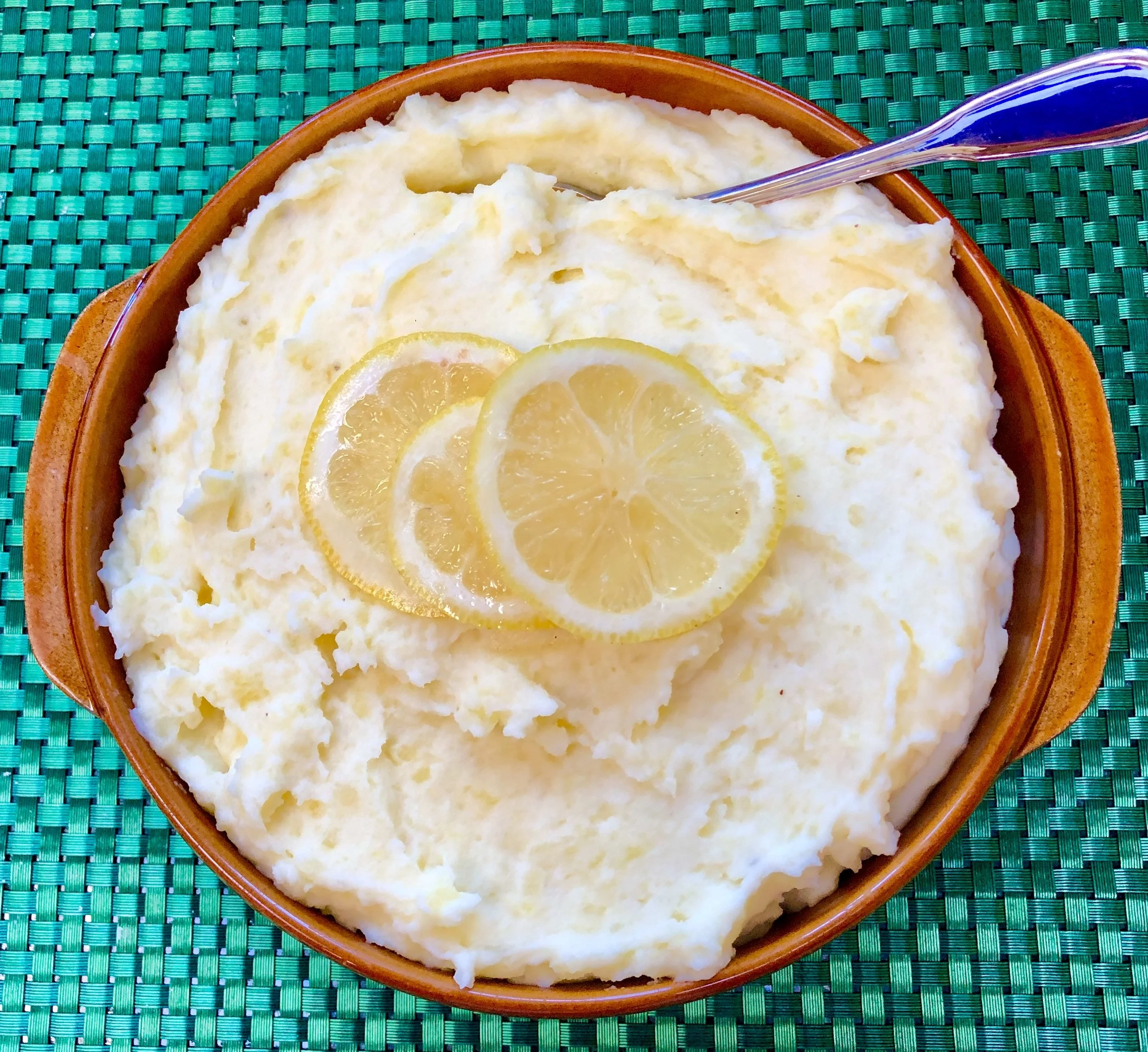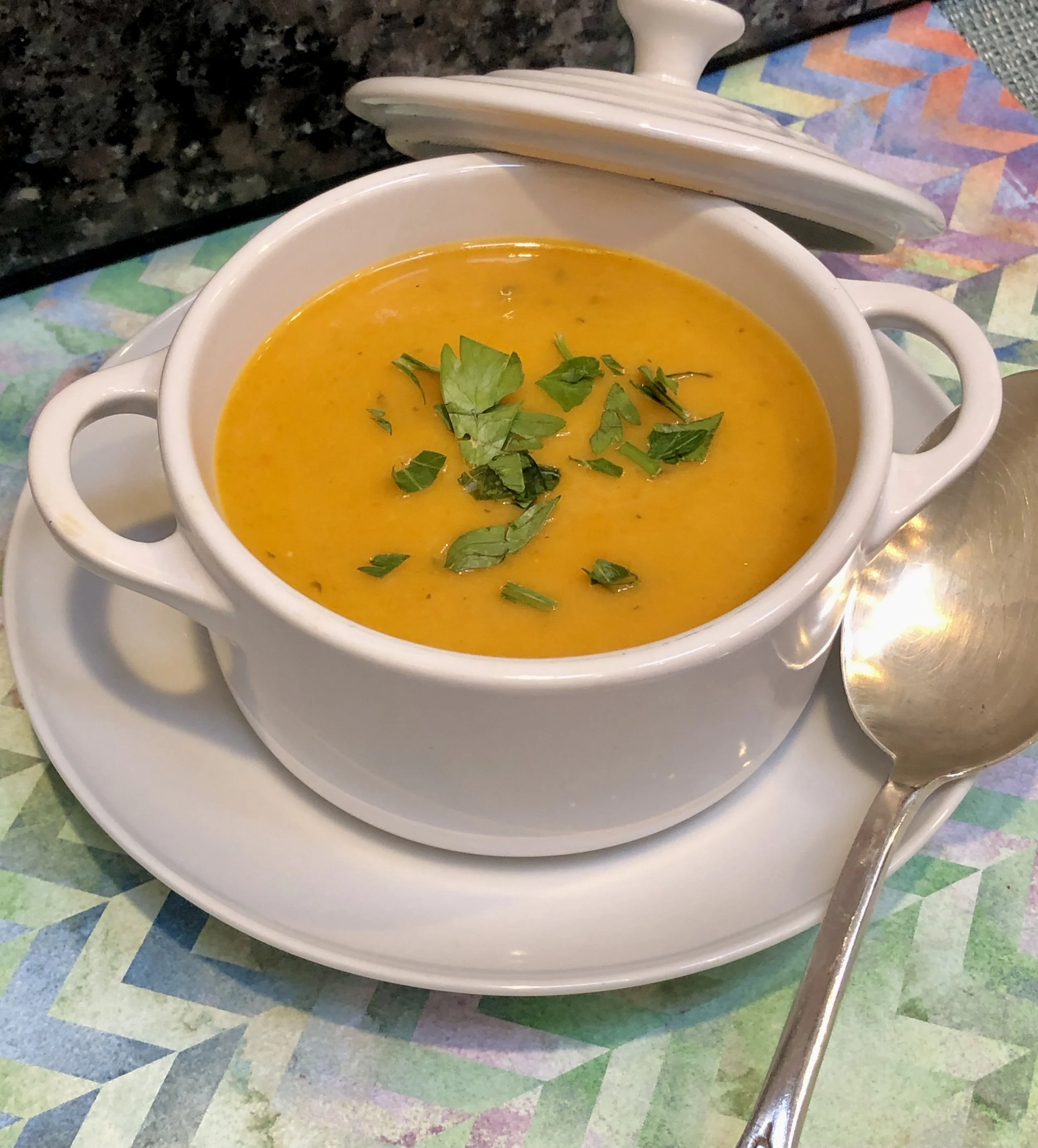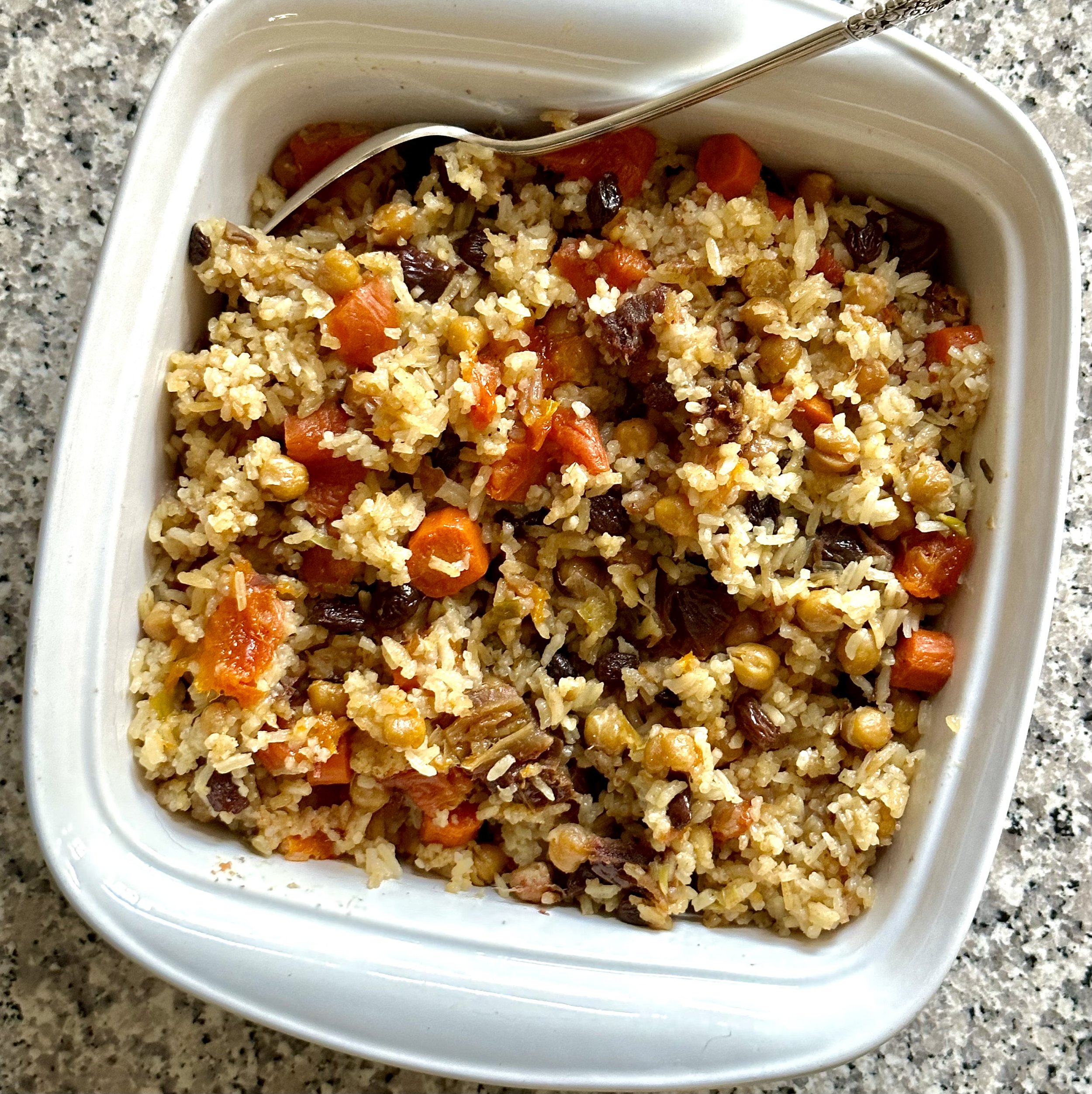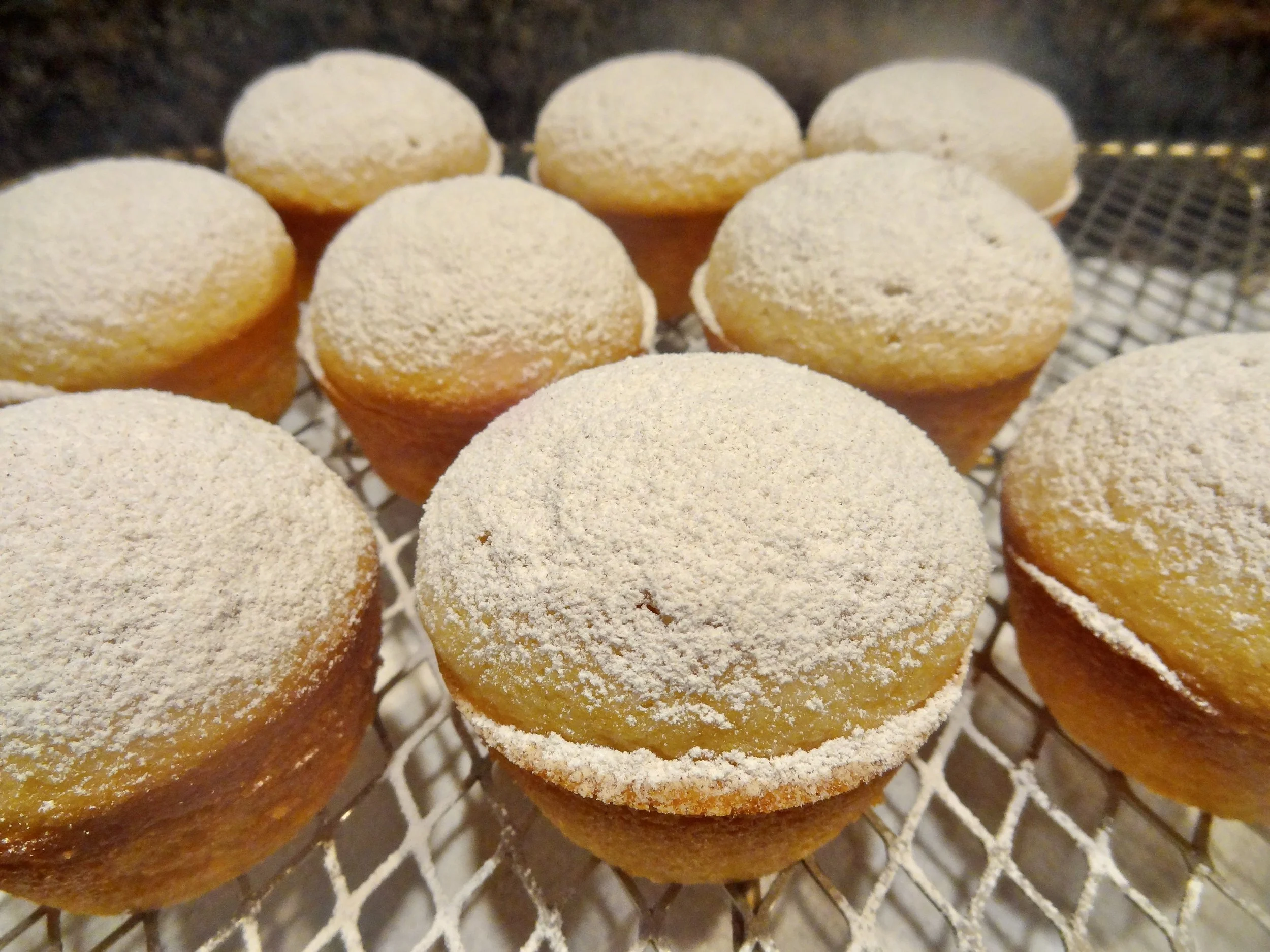Dairy-free Mashed Potatoes
Some people say that on Thanksgiving, the mashed potatoes are more important than the turkey. Well, I don’t know about that but if mashed potatoes are a thing at your feast, check out this dairy-free version.
Follow me on Instagram @ronnievfein
DAIRY FREE MASHED POTATOES
5 medium all-purpose potatoes such as Yukon Gold
1/4 cup olive oil
1 medium onion, finely chopped
1 large clove garlic, chopped
3 tablespoons lemon juice
3 tablespoons chicken or vegetable stock
salt to taste
pinch or two of cayenne pepper, optional
Preheat the oven to 400 degrees. Peel the potatoes, cut them into chunks and cook them in lightly salted water for about 15 minutes, or until they are fork tender. While the potatoes are cooking, heat the olive oil in a sauté pan and add the onion. Cook, stirring occasionally, for about 3 minutes, then add the garlic. Cook for another 1-2 minutes, or until the vegetables have softened. Set aside. Drain the potatoes and mash them with a ricer or potato masher until the lumps have disappeared. Add the vegetables and olive oil and continue mashing u til the mixture is fairly smooth. Stir in the lemon juice, stock, salt and the cayenne pepper. Place the mixture in a baking dish. Bake for about 10 minutes or until heated through.
Makes 6 servings
#vegetarian#thanksgiving#vegan#mashed potatoes#side dish#thanksgiving side dishes









